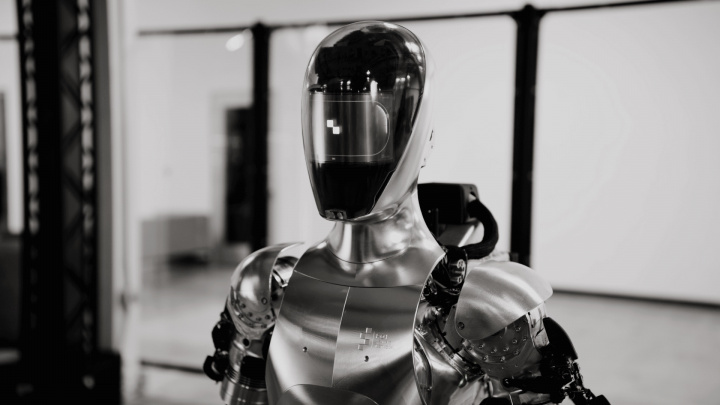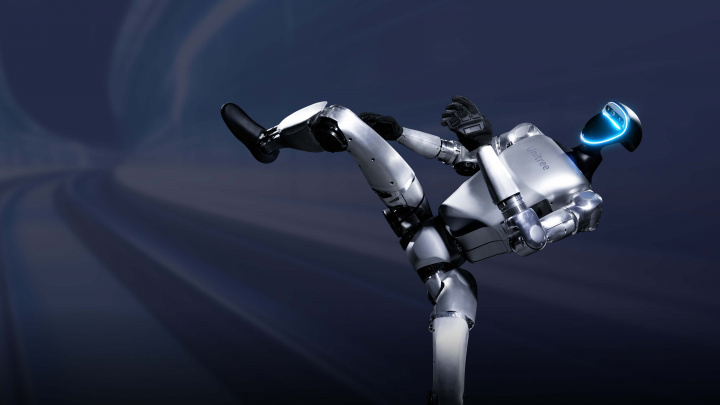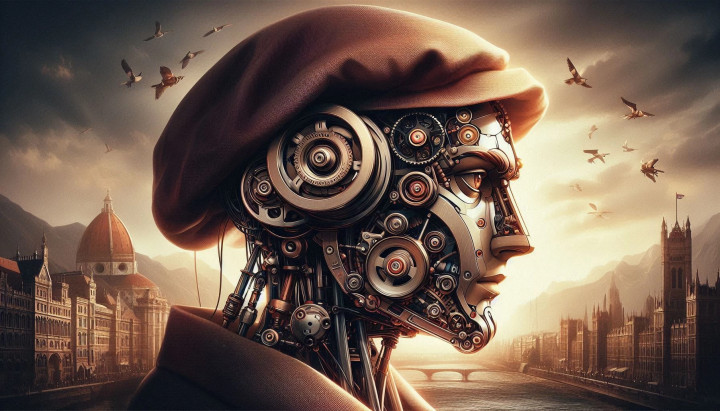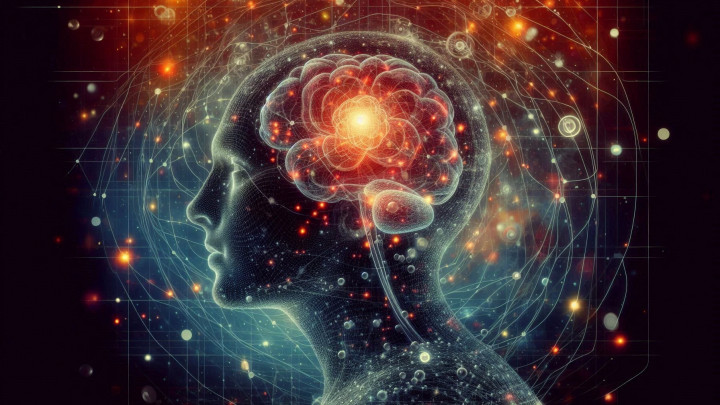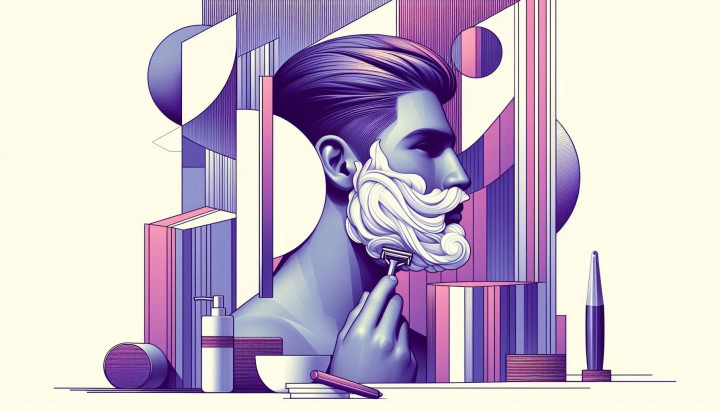From Gossip to Globalization: The Next Step in How Humans Cooperate
What do a bit of gossip over morning coffee, a five-star rating for your Uber driver, and a donation to an international charity have in common? On the surface, nothing. Yet, each of these actions is a manifestation of a deeply rooted human mechanism without which our modern societies would simply collapse. This mechanism is our profound concern for our reputation and our ability to observe, evaluate, and form opinions about the behavior of others. Most of us dismiss gossip as a negative, useless activity, but from an evolutionary perspective, it is society's invisible glue—the very system that enables trust and cooperation, even among strangers.
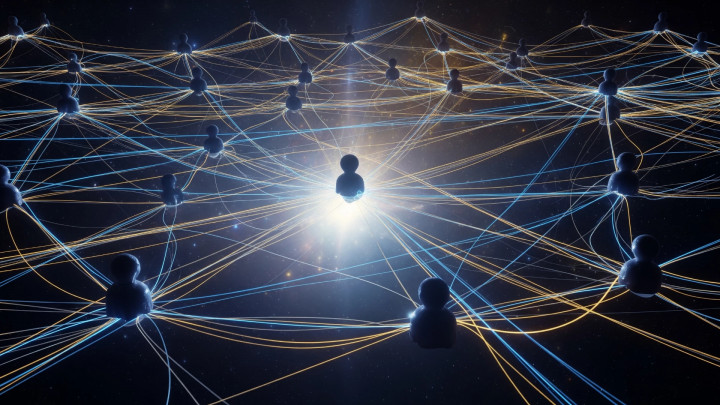
Classic game theory models, like Robert Axelrod's famous "Tit-for-Tat" strategy, do an excellent job of explaining how cooperation can emerge between two individuals who interact repeatedly. Even more advanced strategies, such as "Win-Stay, Lose-Shift"—which I've discussed in a previous post—are built on the principle that we make decisions based on our own direct, past experiences.
But what about the vast majority of human interactions? The barista you buy your coffee from, the tourist you give directions to, or the online seller on another continent from whom you order a package. In these cases, direct reciprocity is virtually impossible. The old models break down here. If reciprocation isn't guaranteed, what is the invisible force that still compels us to cooperate, to trust one another, and to maintain a global society? The answer lies in the evolutionary power of reputation and the principle of indirect reciprocity.
A New Dimension: Reputation as Social Currency
The revolutionary concept of indirect reciprocity, supported by the mathematical models of Martin Nowak and Karl Sigmund, moves beyond one-on-one interactions. The rule is no longer, "I help you because you helped me," but a far more sophisticated, society-level logic:
“I help you, which improves my reputation, so someone else will help me in the future.”
In this system, reputation becomes a form of social currency. Every helpful, cooperative act is a deposit into our reputational bank account. We can later "cash in" on this capital when we are the ones in need of help, even if the person helping us is a complete stranger. An individual with a good reputation is more likely to receive help, find a business partner, or even attract a mate than someone known to be selfish and unreliable. Managing one's reputation, therefore, isn't a matter of vanity; it's a fundamental survival strategy.
The Engine of the Mechanism: Observation and the Mathematics of Social Judgment
The elegant idea of indirect reciprocity only becomes a truly powerful theory when we understand how it can work in practice. This is where Nowak and Sigmund's pioneering mathematical models come in, the most famous of which is "Image Scoring." This model strips down the complex process of social judgment to a surprisingly simple, yet effective, system.
The key difference from previously discussed strategies lies in the information used. While a strategy like "Win-Stay, Lose-Shift" (WSLS) is self-reflective and past-oriented ("What happened to me last round? Was I successful? Then I'll do it again."), indirect reciprocity looks outward, relying on the community's collective knowledge. The decision is based not on your own history with a person, but on their past behavior.
How the "Image Scoring" Model Works:
Imagine a population where every individual has a public "image score." This is a simple integer that might range from, say, -5 to +5.
- The Starting Point: Everyone begins with a neutral score of 0.
- The Interaction: Pairs are randomly selected for a scenario where one person (the donor) can help another (the recipient). Helping comes at a small cost to the donor but provides a larger benefit to the recipient.
- The Decision Rule: The donor looks at the potential recipient's image score. The strategy is strict and simple: only help if the recipient's score is 0 or higher. If their score is negative, refuse to help.
- The Scoring (Social Judgment): The rest of the community (or a kind of collective awareness) observes the donor's decision.
- If the donor helped, their own score increases by one.
- If the donor refused to help, their score decreases by one.
Consequences and the Norm-Enforcing Loop:
This seemingly simple system creates an incredibly powerful, self-sustaining dynamic.
- Incentivizing Cooperation: Helping has an immediate cost, but it yields a long-term benefit through an improved reputation. A high-scoring individual acts as a "magnet" for future assistance, making it a rational decision to invest in one's own reputation.
- Weeding Out Free-Riders: Anyone who selfishly refuses to help sees their score drop immediately. Once their score turns negative, other members of the community begin to ostracize them by refusing them help. Selfishness, in the long run, backfires severely.
- Upholding the Norm: The system doesn't just reward and punish individuals; it reinforces the cooperative norm itself. Community members learn that "being good" pays off, and this norm can persist across generations.
It's important to note that this model isn't perfect. For instance, it doesn't distinguish between a "justified" and an "unjustified" refusal to help. What if someone refuses to help a person with a negative score, thereby correctly following the rule? In the basic Image Scoring model, their score would still drop, which seems unfair. Later, more sophisticated models (like "Standing" or "Judging" strategies) address this issue by considering not only the donor's action but also the recipient's reputation. However, the fundamental insight of Image Scoring—that simply tracking public reputation can be enough to sustain large-scale cooperation—was revolutionary. It opened the door to a deeper understanding of the evolutionary roots of human morality.
Pop-Culture Dystopia or Scientific Reality? Black Mirror's "Nosedive"
Anyone who has seen the Black Mirror episode "Nosedive" probably felt a sense of déjà vu reading about the Image Scoring model. The episode is set in a near-future where every single human interaction is rated on a one-to-five scale. An individual's resulting average score determines their social status, their access to services, and even where they can live. The protagonist, Lacie Pound, becomes obsessed with raising her score to afford a more exclusive lifestyle.
The world of "Nosedive" is a perfect, albeit exaggerated, visualization of the Image Scoring model. In the show, reputation isn't just an abstract social capital; it's a quantified, concrete currency with immediate consequences. The decision rule is eerily similar: people are instinctively kinder to those with high scores (because a good rating from them is worth more) and avoid or look down on those with low scores, lest the association "drags down" their own average.
The genius of the episode, however, lies in showing the dark side of a system seemingly designed to promote cooperation. The dystopia arises not because the system fails, but because it works too well:
- Loss of Context: The system doesn't weigh context or intent. An accidental mishap, an honest but unpopular opinion, or simply a bad day leads to negative ratings just as malicious intent would.
- Performative Kindness: Genuine cooperation is replaced by compulsive, superficial pleasantries. The goal of interaction is no longer authentic connection but score maximization. Everyone plays a role, hiding their true feelings behind a forced smile.
- The Downward Spiral: The episode masterfully depicts the negative feedback loop. As Lacie's score begins to fall, people turn away from her, leading to more negative interactions and an even lower score, creating an almost unstoppable social nosedive. Reputation-based ostracism becomes an invisible but impenetrable social prison.
"Nosedive" is a powerful cautionary tale. It shows what happens when we take a nuanced, flexible evolutionary mechanism (reputation management) and force it into a rigid, quantified technological system. While our world isn't there yet, the like-economy of social media, the omnipresence of online rating systems, and experiments with social credit systems show that the line between fiction and reality is thinner than we think.
Indirect Reciprocity in the 21st Century: The Age of Digital Gossip
This theory is not just an elegant mathematical model; it is evident in every corner of the digital age, where we have elevated its mechanics to a technological level. The global internet has become the ultimate platform for reputation management.
- Online Marketplaces and Services (eBay, Vinted, Airbnb, Uber): Why do we leave a review for a seller or a driver we will likely never interact with again? Because we are contributing to the collective knowledge base—the "digital gossip." These rating systems are the modern equivalent of image scoring, enabling trust among millions of strangers. These platforms would be inexplicable without the principle of indirect reciprocity.
- Crowdfunding and Online Fundraising (GoFundMe, Patreon): People often donate to the causes of complete strangers. While empathy plays a role, a public donation is also a powerful reputational signal: it communicates to one's social circle that the donor is a generous and trustworthy member of the community.
- Social Media: Likes, shares, and public declarations of support for causes are all modern tools for building and managing our reputations.
The Invisible Glue: The Evolutionary Roots of Morality
The theory of indirect reciprocity points to something even more profound: it can provide an evolutionary explanation for the emergence of human morality and complex social norms.
Gossip, so often condemned, actually served one of the most critical functions of human communication for millennia. It was the mechanism by which community members shared reputational information. Gossip was the community's shared database on who was trustworthy, who was a cheat, who was a good partner, and who should be avoided.
Our moral systems grew out of this reputation-based judgment. The concepts of "good" and "bad" became intrinsically linked with behaviors that were beneficial (cooperative) or harmful (selfish) to the community. The awareness that our actions have social consequences, that someone is always watching—whether it's the eyes of our tribe, an all-seeing deity, or today, a security camera—is one of the most powerful forces regulating human behavior.
Conclusion: From Two-Player Games to the Global Stage
The story of human cooperation is a fascinating intellectual journey. We started with Robert Axelrod's simple, two-player games, where the key to success was a forgiving but firm reciprocity. We progressed to more sophisticated strategies that could better handle errors. But the real breakthrough was the realization that the highest level of human cooperation doesn't happen in one-on-one matches, but plays out on a reputation-based stage, watched by the entire community.
Our ability to track the behavior of others, to build and destroy reputations, and to align our actions with an invisible social scoreboard is what enabled the rise of trust, the division of labor, and the creation of large-scale societies of strangers. Today, our ancient, gossip-driven neural circuits are running on a global digital network, shaping who we are and how we live together more profoundly than ever before.
